If you’ve ever tried to remove old caulk from drywall, you know how difficult it can be. The caulk seems to glue itself to the drywall and is very stubborn to remove. However, you can remove the caulk and restore your drywall to its original condition with a little bit of effort.
It is important to remember that drywall is not entirely smooth. You can see in the picture above that it does have ridges. If you try to use a solvent cleaner with caulk in it, be sure not to get the solvent on these ridges because they will become soft and may start coming off your wall.
Once you’ve identified the ridges on your wall, you can remove the caulk. There’s more than one way to do it, but the easiest is probably with a wallpaper steamer. In this article, I’ll show you step-by-step instructions on how to remove caulk from drywall.
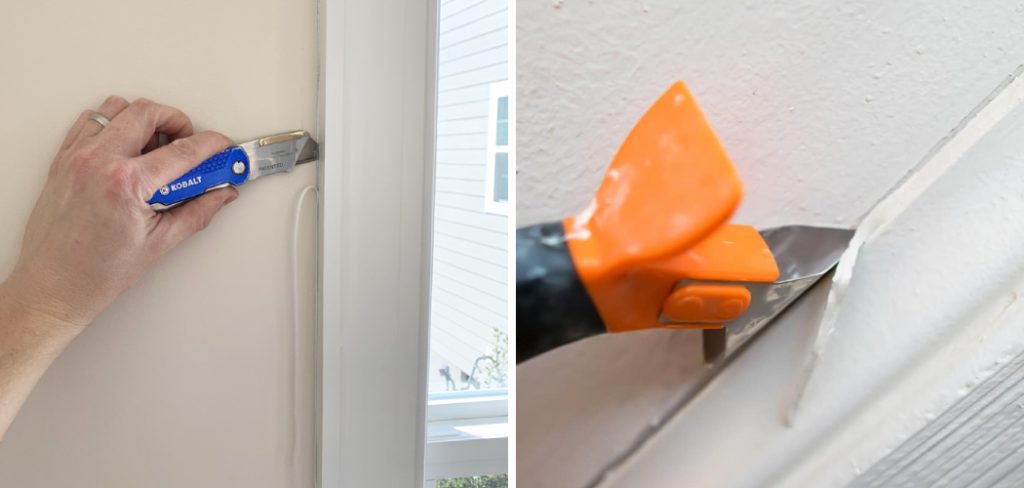
Things You Will Need
- Primer
- Knife or razor blade
- Scraper
- Soap and water
- Paint thinner or mineral spirits
- Masking tape and paper
7 Steps to Follow on How to Remove Caulk From Drywall
Step One : Mark the Caulk Line and Scrape
First, you need to mark the caulking line where you want to remove it. You can use a pen, pencil, or marker to do so. Then, scrape away the caulk as far as you can without breaking the paper. For this step to work as effectively as possible, ensure that whatever tool you are using is sharp to dig into the caulk and scrape it away.
Caulk can be scraped using a flat head screwdriver or putty knife. Use your tool of choice to gently pry up on the caulk bead and remove as much of the product as you can. If you are attempting to remove the caulk that has been in place for a long time, you might need to pry hard.
It is essential to take caution as you scrape. The last thing you want is to scratch the drywall surface or gouge into it and damage it further than it already is. Also, if the caulk managed to bond itself into those cracks created when you first punched holes in your wall, then this step probably will not work all too well.
Step Two : Spray Caulk Remover
After you have scraped and pried away as much of the caulk as you could, spray some caulking remover onto it. Let that soak into the area for five minutes or so before wiping it away with a paper towel. The remover should break down whatever is left of the adhesive caulk and allow you to wipe it away with ease.
You can also use mineral spirits or straight acetone, but those are much harsher and will probably damage your drywall if you soak it for too long. If you are still having difficulty removing the caulk, you might want to turn to a chemical designed specifically for caulking.
It is worth noting that all of the chemicals mentioned above are not designed for drywall. For example, caulk remover is meant for porous surfaces, which means that it can soak into the caulk and let you wipe it away with ease. Therefore, if you use any of these chemicals on drywall, it will probably cause damage to its surface.
Step Three : Slice Caulk With Utility Knife
If the caulk remover is not working, your last option is to slice it away with a utility knife. Of course, this will be pretty much impossible if you are attempting to remove the caulk that has been in place for years, but it works well for freshly applied caulking.
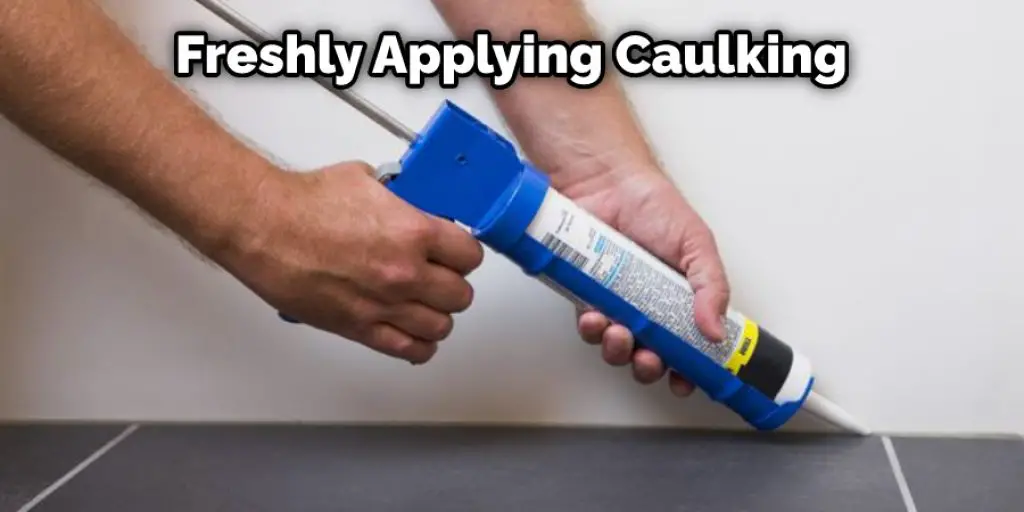
Slice a thin line across the trim and caulk using your knife of choice. Make sure not to cut into your drywall, as that will cause damage that is much harder to repair. Be patient, take your time, and let the blade do the work for you. If you are having trouble with this step, there’s a good chance it won’t work for you.
If the caulk you are attempting to remove is old, this step might not work either. If that is the case, you cannot go back after this step and try the others because your only safe option for removal at this point is a sharp razor blade. This will help in how to remove caulk from drywall.
Step Four : Use Pliers To Pull Off Remaining Caulk
If all else fails, you can attempt to use your pliers to remove the caulking from the wall. Place the jaws of your tool beneath it and try pulling it off. If you are trying to do this with a minimal area, you might need to use needle-nose pliers due to their ability to fit into tiny spaces.
Just like with the previous steps, if you try this when attempting to remove caulk from drywall that has been in place for a long time, it might not work. It is challenging to pry away old caulking with just your hands or even tools designed for that task.
If you want this step to be practical, you need to ensure that the caulk is not too old and can easily be pried away. If either of those things is true, this step will be a rapid and easy way to remove caulk from your drywall. Then, when you are done with it, pull the pliers away from the wall and spray some cleaner on it.
Step Five : Spray Bleach On Caulk
After your procedure is complete, you can end it by spraying bleach on the surface. This will kill any germs leftover from the adhesive caulk and ensure that nobody contracts an infection when touching it. Be careful not to breathe in too much of this chemical as well.
Make sure to wear safety goggles if you want to keep any chemicals from getting into your eyes. Also, wear a face mask and clothing that covers your skin to ensure you do not have any issues with the bleach. Once it dries, you can use a cloth to wipe down the area and complete your project.
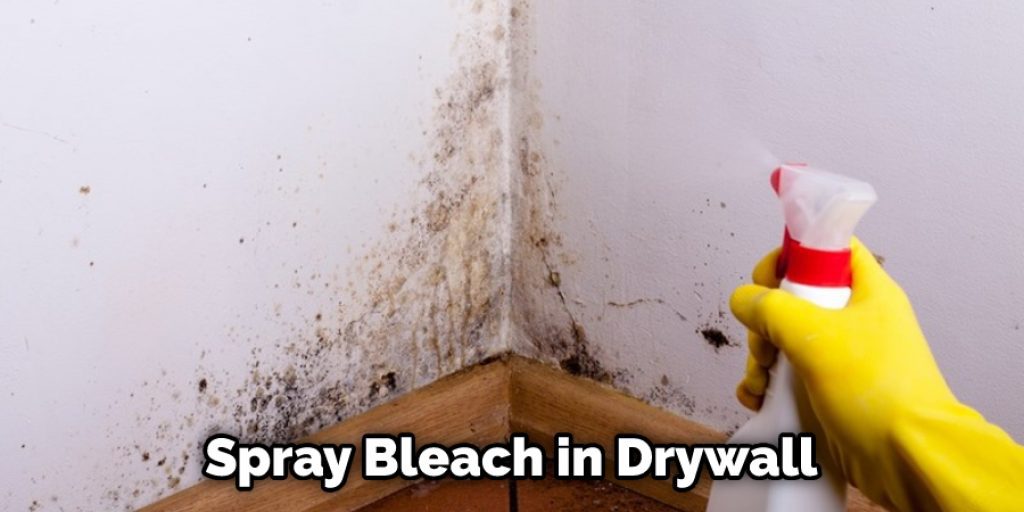
If the caulk you are trying to remove is covered in mildew or mold, then mixing bleach with water and spraying it on there could kill any growing organisms. These steps should help you in learning how to remove caulk from drywall.
Step Six : Rinse With Water
After you have sprayed the area with bleach or any other chemical, then you can end your process by rinsing it down with water. This ensures that everything is clean and your procedure will be safe for anyone who touches the surface. The best way to rinse off the chemicals is to get a bucket of warm water and dip a rag into it.
Ring the water out so it is not dripping, and wipe down the area. The best rags for this have been used several times, but if you do not have any of those, then paper towels will work too. You may need a second rag to wipe off your first one before you continue.
Just like with the other steps, you need to make sure that your caulk is not too old before attempting to use this step. If it has been there for several years, then it may be impossible to remove even after you’ve done everything else mentioned.
Step Seven : Maintain The Area
After completing your project, it is a good idea to do a little maintenance. Apply some caulk or sealant to any areas you have done work on so they will not start to crack and separate again. This will also keep dirt from getting in behind these areas and causing them to rot off.
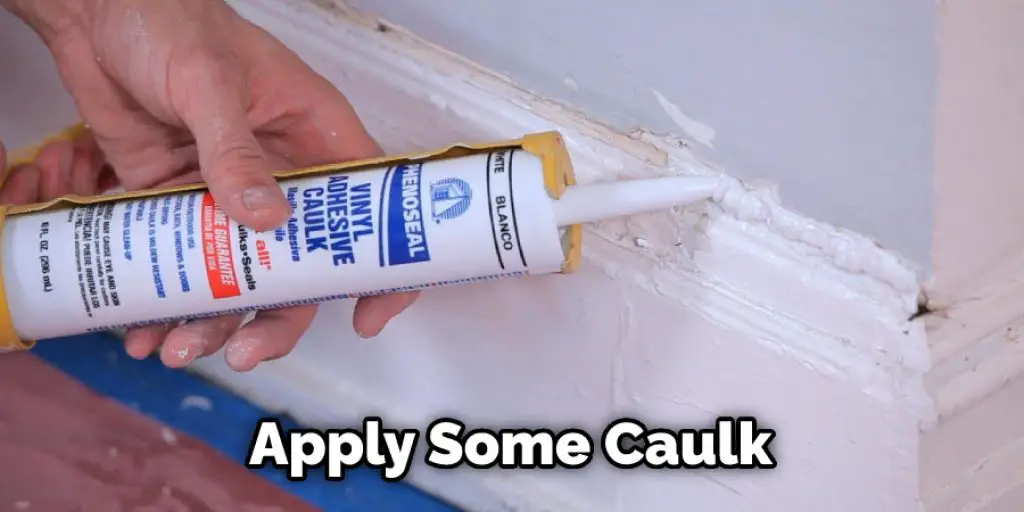
If the caulk you applied was over a piece of wood, you should watch it to see if that area starts getting any rot or water damage. If it does, you may need to reapply more caulking there to prevent the wood from falling out and letting water in again.
It is also beneficial to spray bleach on these areas twice a year to ensure that nobody gets any infection on their hands. If you do not want to do this, applying caulk or sealant will work. All of this information will help you learn how to remove caulk from drywall.
You can check it to Dispose of Drywall Mud
Does Vinegar Dissolve Caulk?
Vinegar dissolves caulk because acetic acid is one of the main ingredients in vinegar. Acetic acid has been used to clean mineral deposits from glass and plumbing surfaces for many years. Caulk removers that use acetic acid as a main active ingredient can be bought at hardware stores or online.
Caulk is a petroleum-based product, similar to tar. When it gets warm enough outside or when an object with a temperature rise comes into contact with the caulk, the caulk softens and becomes more pliable. This softening process is called reversion, and it happens because the caulk returns to its original liquid form.
Conclusion
The best way to remove old, dirty caulking from drywall is with a utility knife and razor blade. This will be the most effective method for removing any leftover caulk that has stuck to the surface of your wall or ceiling. Cutaway at the dried-on caulk until it either breaks off in chunks or begins peeling up on its own.
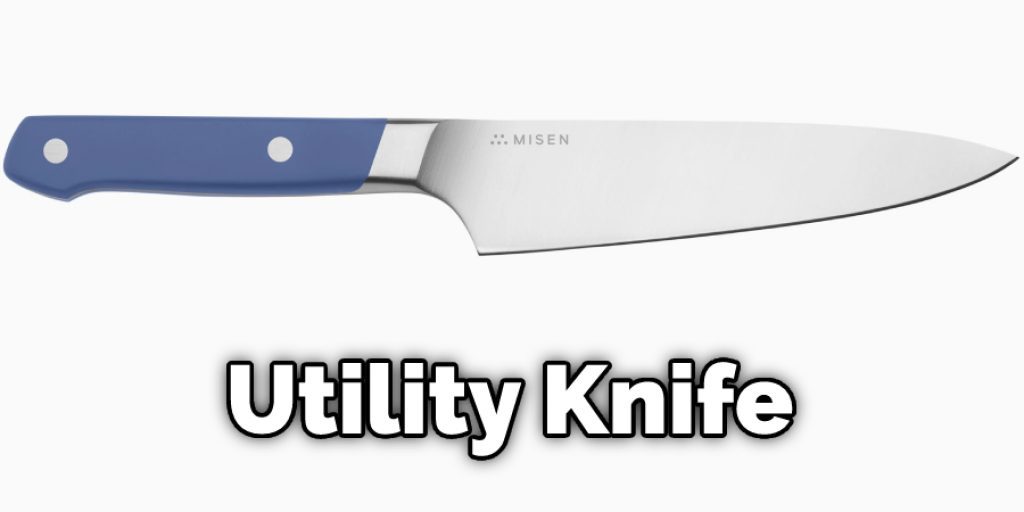
Be sure not to peel away too much paint when you are cutting away this old adhesive; otherwise, you will be left with exposed drywall that you will have to repair. The conclusion paragraph is informative and provides information on how to remove caulk from drywall.
Check it out also – How to Fix Bubbles in Drywall Tape After Painting








